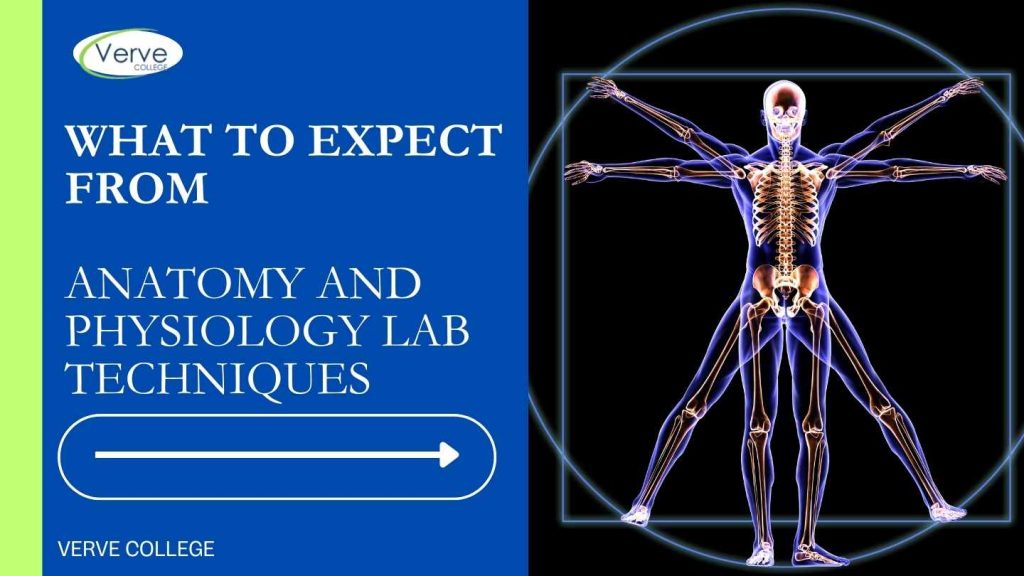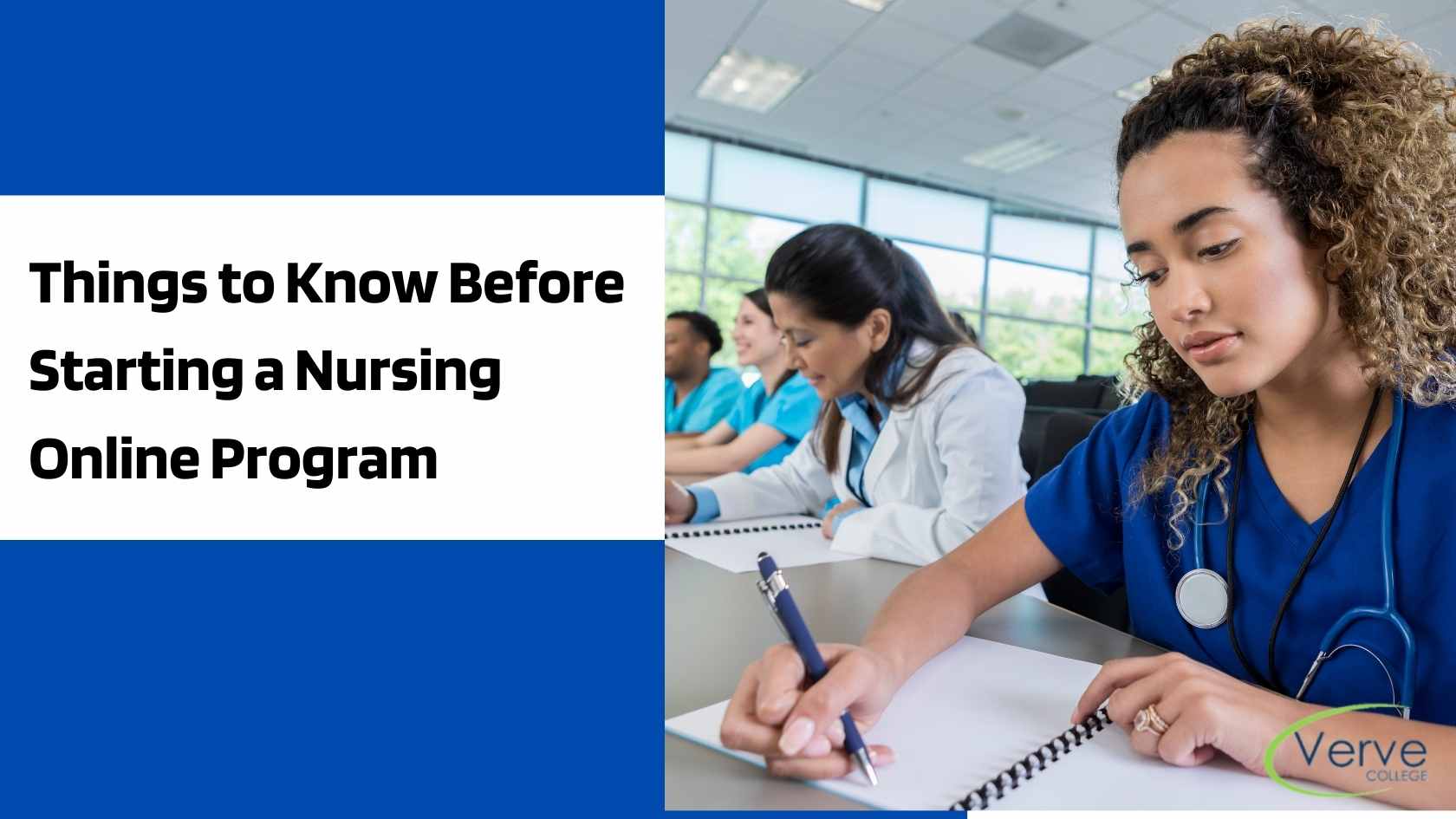- Oak Brook:(630) 705-9999
- Chicago:(312) 920-8822
- Email:inquiry@vervecollege.edu
- Make a Payment
- Home
- Programs
- Admission
- Resources
- ATI Entrance Exam Resources
- New E-Digital Library
- Refer a Friend
- School Newsletter
- Events
- Employers
- Job-Network
- Alpha Beta Kappa Candidates
- Verve College Library
- Graduation and Pinning Ceremony Photo Galleries
- Textbook Information
- Career Services
- Tutoring
- School Catalog
- FAQ
- Constitution Day Program
- Alumni
- Verve College Plans
- Financial Aid
- HEERF Reporting
- Satisfactory Academic Progress
- Apply For Financial Aid
- Net Price Calculator
- Return of Title IV Funds (R2T4)
- Financial Aid Office Code of Conduct
- Contact
- FAQs
- Verification Policy
- Vaccination Policy
- Student Right-to-Know Act
- Misrepresentation
- Information Security Program
- Academic Award Year
- Availability of Employee
- Cost of Attendance
- Health & Safety Exemption Requirement
- Students Rights and Responsibilities
- Leave of Absence
- Pell Formula
- Military Students
- Grants/ Scholarship Policy
- Contact Us
- Login
- Testimonials
- Blog
Is a Nursing Career Right For You?
Take The Free Quiz
What to Expect from Anatomy and Physiology Lab Techniques?
What to Expect from Anatomy and Physiology Lab Techniques?
You may be searching for information to help you introduce and reinforce basic A&P lab techniques your students could benefit from. Prospective students can also complete their search by enrolling in an A&P class & practical nursing program at Verve College (community college) to acquire a degree in nursing curriculum & health care facilities.
We’ve identified six action potential crucial lab techniques for studying the anatomical structure and human body system.
Labs Has Also Created Six Virtual Labs to Help You Teach the Techniques
Students can learn new methods and have fun at the same time!
- Sample preparation
- Microscopy
- Experiment on withdrawal with latency
- Wingate sprint test
- Measure blood pressure
- Respirometry
- Sample preparation
1. Sample Preparation
Preparing a sample may appear to be a simple task, but the success of your entire process depends on it. This technique’s primary purpose is to obtain a model that will be used for the protocol’s next steps in clinical settings.
2. Microscopy
Scientists utilize microscopes that are too small for the naked eye to see to investigate basic structures in function, such as most human cells. A microscope magnifies objects. This usually help with patient care.
3. Experiment on Withdrawal With Latency
Withdrawal tests are behavioral methods used to assess an animal’s reaction to nociceptive stimuli to measure pain-like behavior. Different incentives, including heat, cold, and mechanical or electric stimuli, can be used and checked by vocational nurses in a variety of healthcare settings. The animal’s paw is usually stimulated, and removing the foot from the push is recorded as latency to withdrawal.
Related:- Clinical Applications of Anatomy and Physiology: Real-World Examples
4. Wingate Sprint Test
The Wingate sprint is a type of anaerobic exercise that’s commonly done on a cycle-ergometer. It measures anaerobic capacity and power in a variety of health care. A standard Wingate sprint involves a short warm-up at low intensity followed by a 20-30-second supramaximal sprint at high resistance. This is then followed by several minutes of low-intensity pedaling in a variety of settings & long-term care facilities.
Students will learn how to properly set up and use the equipment to do a Wingate sprint in Labs. They will measure the patient’s heart rate to take care of individuals, respiration exchange ratio, and power output during the sprint to determine how the interval training affected the body. Take private LPN schools near me which offer an evidence-based practice to enhancing nursing skills in nursing education.
5. Measure Blood Pressure
The major arteries in the circulatory system are usually used to measure blood pressure by practical nurses. Vital signs like blood pressure indicate how well the heart functions and the elasticity and diameter of the arterial walls. A sphygmomanometer is used to measure the blood pressure. The stethoscope, a rubber tube with a metal part to listen to heartbeats, is also essential.
Nursing careers teach students how to measure blood pressure in the labs just as they would in real life as professional nurses do in clinical facilities. The sphygmomanometer will determine the systolic, diastolic, and overall blood pressure. The stethoscope can listen to the blood flow through the arteries as often as needed until the professional study subject’s pressure is found.
Want to Make a Career in Nursing? Get More Information About Our Courses
6. Respirometry
Respirometry is a collection of techniques that allow for a quantitative measurement to be made of respiration. Night and weekend nursing programs in nursing have human anatomy & physiology prerequisite courses that are a good platform for learning the respiration system and for gaining clinical skills while preparing for the licensing exam. The indirect measurement is made by recording changes in oxygen levels within a respirometer as a result of the energy consumption of a model animal.
 Sign up
Sign up Login
Login




